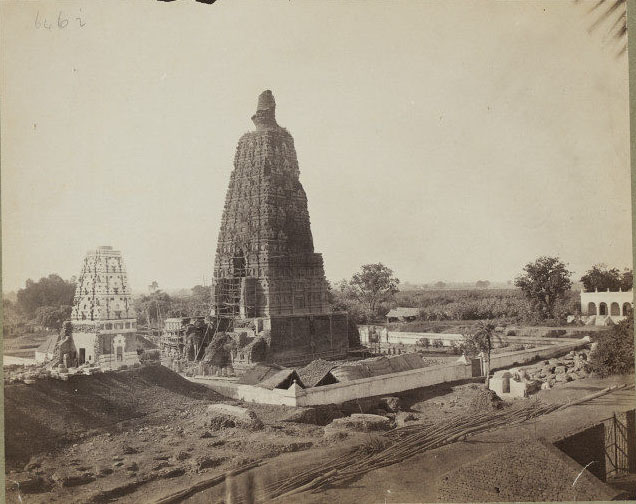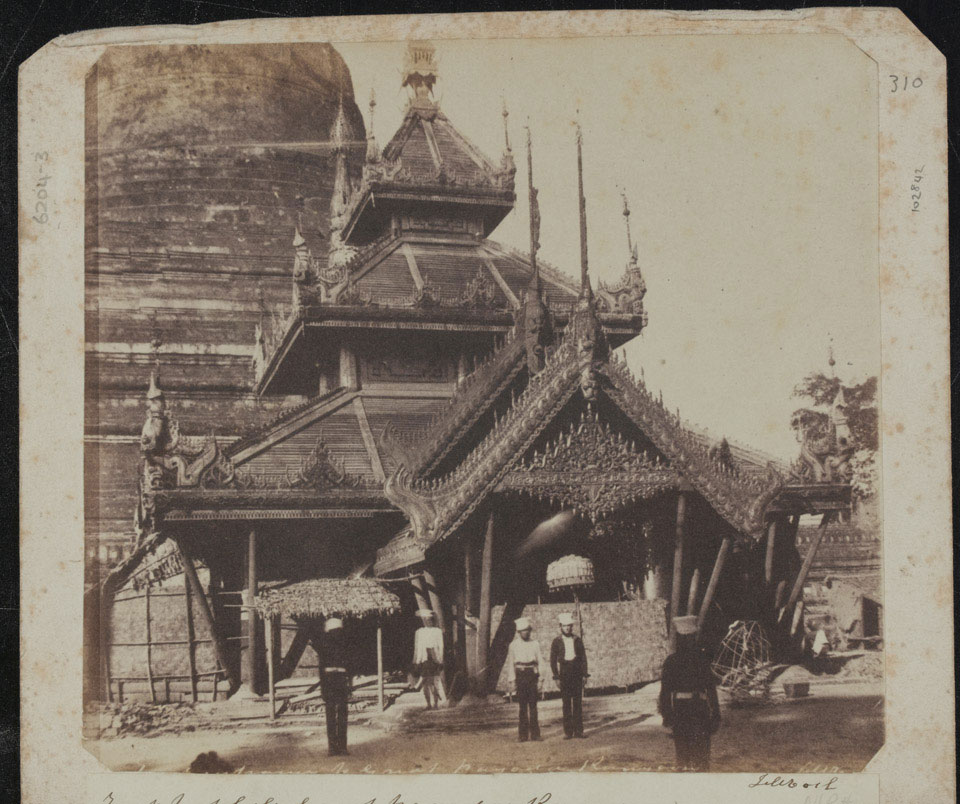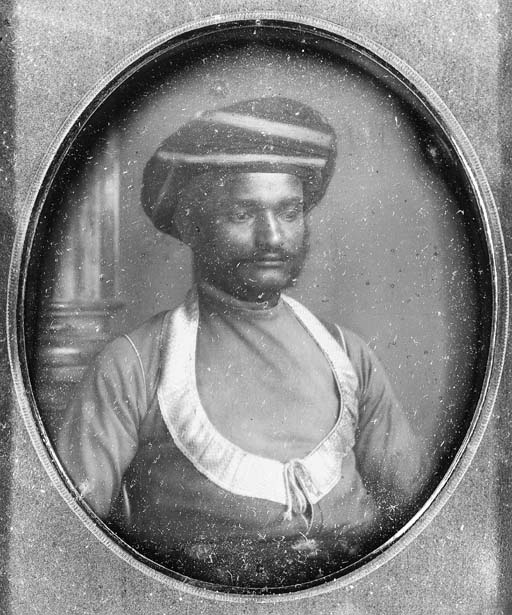Thomas Alfred Rust (1841 – 1904) was a professional photographer from Stepney, London, United Kingdom. He studied medicine, but became a photographer, and had studios in India. Before coming to India, Thomas Rust, ran a couple of studios in Westbourne Grove, Paddington in partnership with a daguerreotype Timothy Le Beau in the mid-1860s. Thomas Rust decided to dissolve the partnership and seek his photographic fortunes in India.
Thomas Rust worked as an assistant to F.W. Baker and Co in Calcutta in 1869. He also ran the Calcutta Photographic Company with W.T. Burgess from 1870-73. In 1874, Rust opened five of his studios in Allahabad, Mussoorie, Murree, Landour and Meerut. His son Julian joined the firm as an assistant in about 1899. The firm continued until shortly before the First World War.
Thomas Rust‘s landscapes are considered very artistic and were patronized by the Duke of Edinburgh. Thomas Alfred Rust’s, images are of very varied discipline, right from landscapes to the architectural beauty which is all printed in Albumen paper and he also shot many Cabinet card portraits for his British clients in his studios.
Thomas Alfred Rust, was also well known for the “Tableau Vivant”, French for “Living Picture”, the format of photography. The “Tableau Vivant” was one of the most popular forms of amateur performance and entertainment for the Victorian upper class (and later middle class) during the nineteenth century. The “Tableau Vivant” is a static scene containing one or more actors or models. They are stationary and silent, usually in costume, carefully posed, with props and/or scenery, and maybe theatrically lit. It thus combines aspects of theatre and the visual arts.
Tableau Vivant required performers, dressed in suitable costumes, to arrange themselves in imitation of a literary or historical character, scene, or work of art. Tableau Vivant was performed both privately and publicly, at venues ranging from aristocratic drawing-rooms for guests to large public theatres in front of a paying audience.
The Victorians’ interest in Tableau Vivant carried into the popular imagery of the day. Commercial photographers who predominantly spent their time taking portrait photographs would, on occasion, produce genre-type scenes and other narrative images.
These types of images were most commonly produced as stereographs, which were collected by the thousands by Victorian households. These images were also issued in larger sizes, like T. A. Rust’s “The Game of Life”. It is unlikely that this photograph documents actual Tableau Vivant performed for an audience, as other photos in the exhibition with identical backdrops and floors would indicate that these were taken in Rust’s photographic studio.
Reference
http://pleasereturn.photography/
https://cabinetcardgallery.com/tag/mussoorie/
https://sites.utexas.edu/ransomcentermagazine/2007/10/01/items-from-dress-up-portrait-and-performance-in-victorian-photography/
Top 10 Creepy Aspects of Victorian Life, https://listverse.com/











